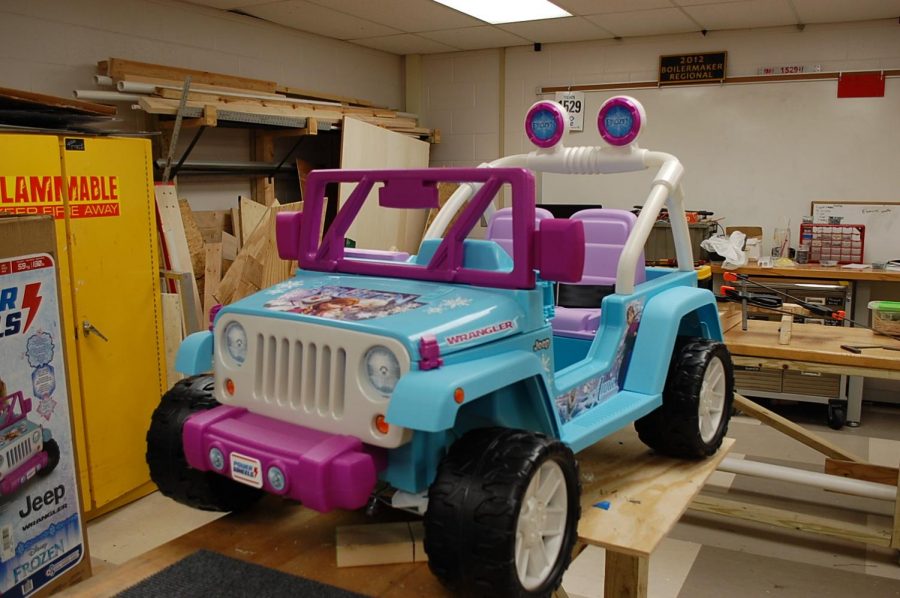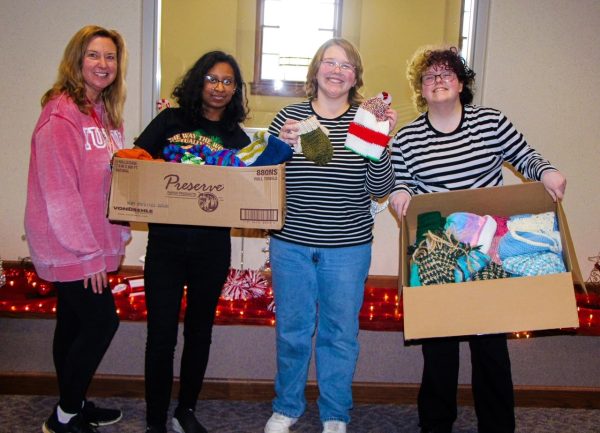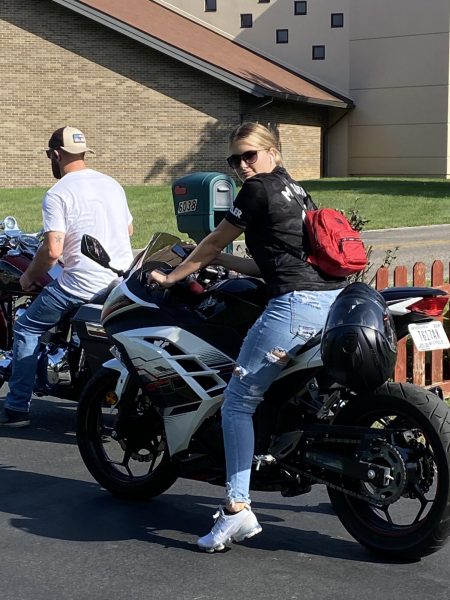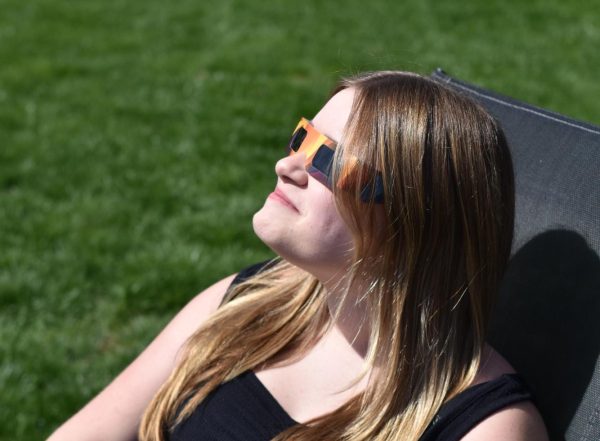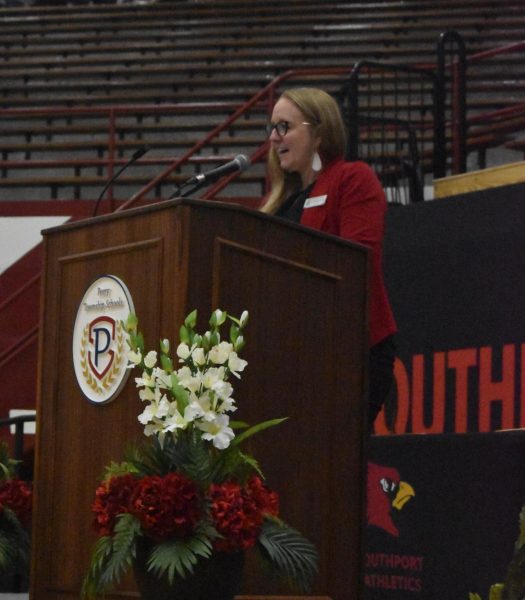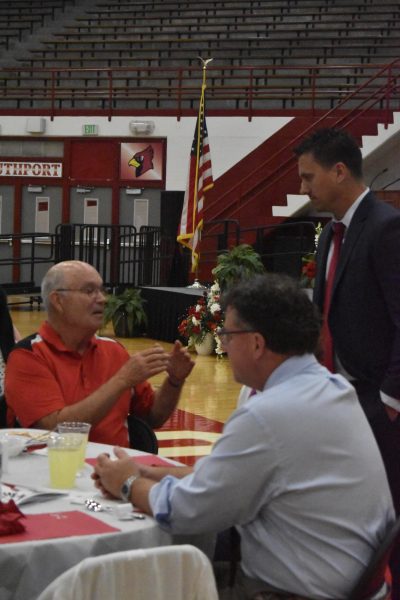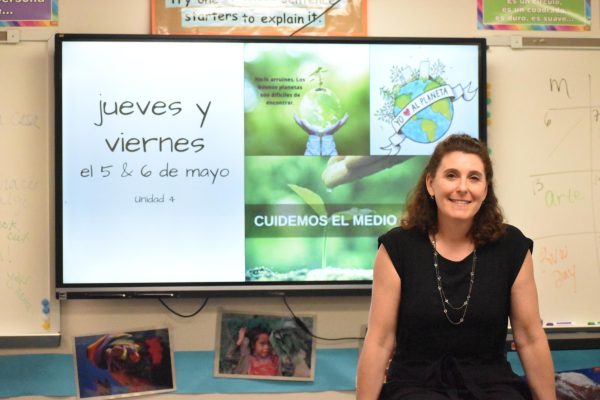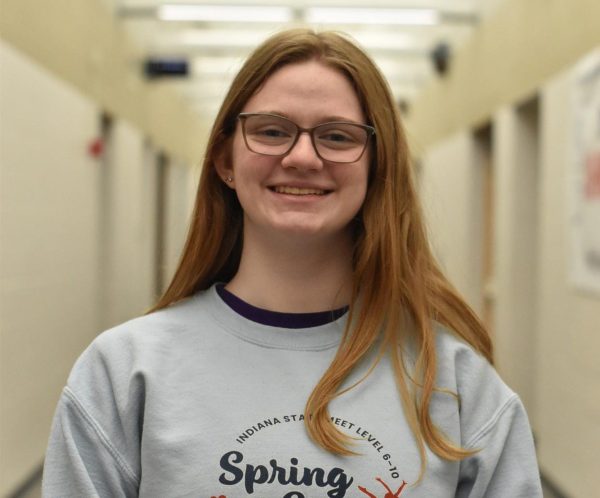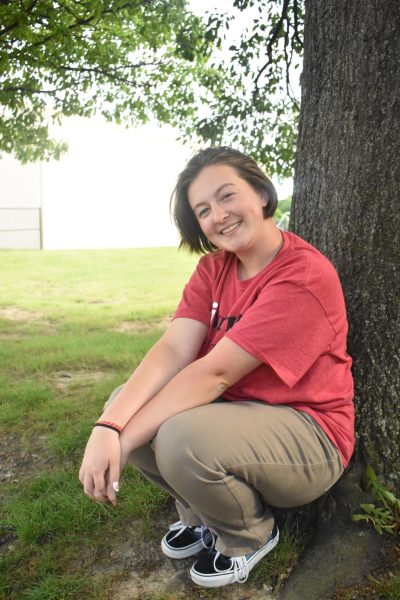Cars for a cause
SHS program helps younger students with mobility issues to gain independence
Robotics sponsor Mark Snodgrass wanted to create a program to help young Perry Township students with mobility issues. This car is the first car the program, called Mini Movers, has made.
When robotics sponsor Mark Snodgrass first saw the college program “Go Baby Go” from Warsaw, Ind. at a Project Lead the Way convention a few years ago, he knew that he wanted to do something similar at SHS to help students within the community. Go Baby Go is a program that makes motorized cars for children with mobility issues.
The Mini Movers program at SHS will help toddler-aged children with mobility issues by building modified PowerWheel cars that help them gain independence through their movement.
The children that are sponsored by this program are students from the Early Education Centers in Perry Township.
“They don’t really make inexpensive versions of wheelchairs and things like that for kids that small because they are constantly growing…,” Snodgrass said. “We’re going to take a PowerWheel that the kid likes, and we are going to adapt it so the kid can drive.”
When he brought his idea to the student council, freshman class Vice President Katie Essex became the founder of the program, naming it Mini Movers, and has since led the program to their success in gaining enough funding to build their first modified PowerWheel car.
“Depending on the mobility issues they have, if they are even non-ambulatory, which means that they can’t walk, we are going to take this, and we are going to figure out what they need,” Essex said. “We want these kids to be able to move on their own and experience mobility.”
Student council member Gretchen Turner, who is also a part of the program, says that the freedom these children will gain will not only be physical, but freedom from their dependency on others will also result in emotional growth for these children.
“I feel like they’ll be excited about it just because they’ll have more freedom themselves,” Turner said. “And, I mean, they get a car. That’s cool for a little kid… We can let them have more freedom on their own and they don’t have to depend on other people to move around.”
Mini Movers is currently working on their first car which is being used as a trial run for the program for next year.
Their hope is to expand the program and gain more support so that it will eventually be branded as a “Southport thing,” Snodgrass says. When asked what SHS students can do to help, Snodgrass said any monetary support would be appreciated, as well as help with building the cars.
“Help by extrapolating this project, expanding it so that each grade level next year builds a car just like they build a (homecoming) float,” Snodgrass said. “The difference is the float is going to be used for a day and be pretty. This car is going to be used for this kid for a good year and a half. And it’s the kid’s independence we’re giving them.”
According to Essex, there are many ways that students at SHS can get involved in this program or ways to support the team. More people are needed to help build the cars, but these cars also require donations in order to be funded.
The group has already picked out the child that will be receiving the car and have modified a PowerWheel to fit their needs. This included adding a seatbelt, rewiring the foot controls so the student only needs to use their hands and adding an override switch for safety.
Next year, Mini Movers hopes to take what they learned from this trial run and expand their program. Snodgrass says it will take people from many different parts of the community to help expand the program as much as he hopes to.
“We really want to make this a ‘Fly As One’ project in the future where everybody is coming together and kids from different backgrounds are coming together to work on a project bigger than themselves,” Snodgrass said. “That’s the goal.”
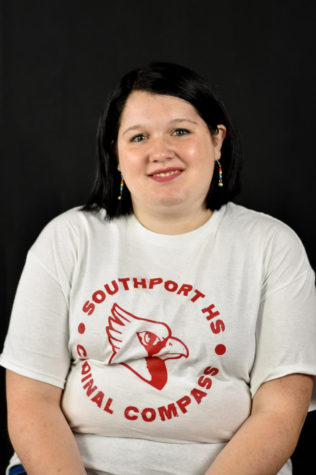
Hey everyone! My name is Megan Rogers and I am one of the Managing Editors of The Journal this year! I will be working with our News, Sports, Culture and...


